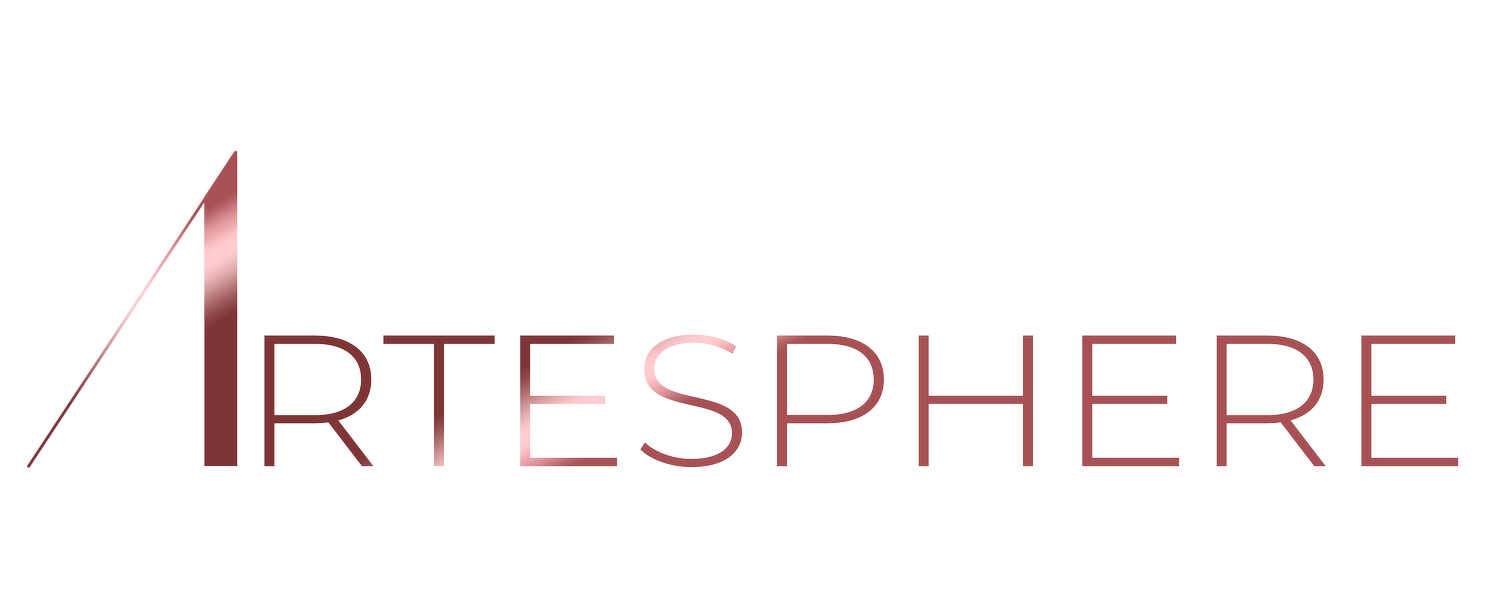
The Drop-off:
From Education to Art World
The Drop-off: From Education to Art World
"The act of creating is the act of becoming. Women's education in the arts is an act of revolutionary becoming”. — Bell Hooks
The Drop-Off: From Education to Art World is a group exhibition featuring six artists from Fé Collective. The exhibition opens a space to consider the chasm between art school and the art world; a space where there is a drastic drop-off of female artists. According to the Freelands Foundation’s 2020 report, 73% of creative postgraduates in 2019-2020 were women, yet 68% of artists represented in major London commercial galleries are men. This exhibition explores the factors behind this disparity and the challenges women face when entering the art world.
Historically, communication has shaped societal narratives, often reinforcing dominant philosophical, political and cultural power structures. In ancient Greece, oratory was a privilege reserved for men, serving as both a tool of persuasion and a marker of authority. Scholar Mary Beard observes that individuals in male-dominated spaces often feel pressure to conform to established communication styles to be taken seriously. The Drop-Off invites a critical re-examination of power in communication, advocating for greater inclusivity and lasting cultural representation.
At Fé Collective, we support artists in confidently articulating their ideas and creative vision with integrity. By refining their ability to connect and communicate with art professionals—both in person and online—we help aid their transition from education to the art world, equipping them with the skills necessary to establish their presence and sustain their creative practice.

Education in the arts is not only in technical skill but the articulation of philosophy and self-realisation, it is an act of empowerment. Denying women the access to education and the tools needed to express and articulate the complexity of their lived experiences became a means of control, a way of marginalising them by taking away opportunity. Women have been systematically excluded from the rhetorical and institutional tools that shape cultural discourse, even today the exclusion of women in power is culturally embedded. Historian Mary Beard highlights how, throughout history, communication has been a tool of power, largely controlled by men. In ancient Greece, oratory—the art of persuasive speech—was reserved only for men, shaping political and cultural discourse. She observes that even today individuals in male-dominated spaces often feel pressure to conform to established communication styles to be taken seriously. Excluded from these spaces, women have previously lacked the means to assert influence, not just in politics and philosophy but also in art. Art Historian and cultural critic Linda Nochlin argued that it is not a lack of talent but systemic barriers to visibility and legitimacy, where power structures have ensured that female artists’ greatness remains unrecognized.
“We have to be more reflective about what power is, what it is for, and how it is measured. To put it another way, if women are not perceived to be fully within the structures of power, surely it is power that we need to redefine rather than women?” - Mary Beard
Within the collective we aim to empower female artists with the tools and resources they need to make the next steps in their career. These tools are rapidly changing and the education on how to use these tools such as social media to break down these barriers are often missed out of the education syllabus. At Fé we offer insights into how to navigate the art world, communication skills both digital and oral, as well as the opportunities to participate in cultural moments. Our aim is to bring together not only a collective of artists but a collective of art professionals to help break down some of these power structures that have previously marginalise female artists.

